How to Use a Saute Pan
For me, the sauté pan is an indispensable cooking utensil. You can prepare virtually anything in it. Sauté pans come in many sizes and shapes. Sauté pans are also known as skillets or frying pans. But for our purposes, we will call them sauté pans.
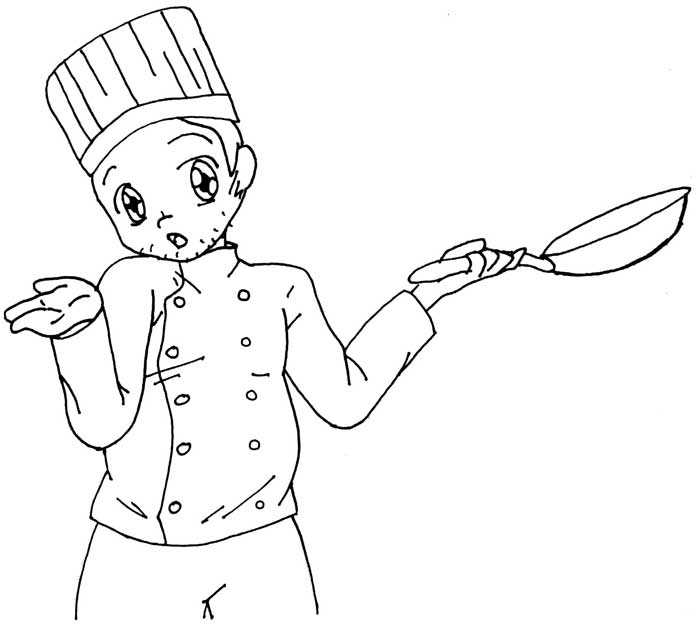
So What Can you Do With a Saute Pan?
The answer is just about anything you like.
I personally recommend that you own at least
2 sauté pans:
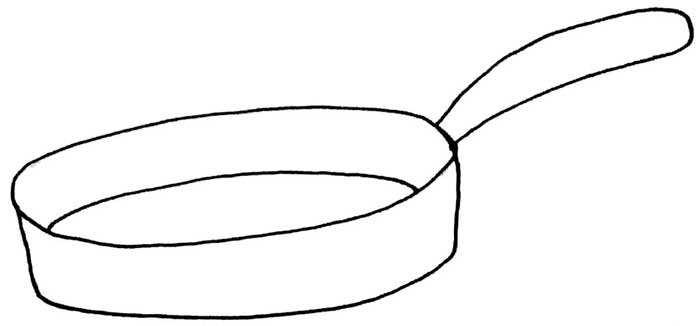
14” high-sided sauté pan with a lid
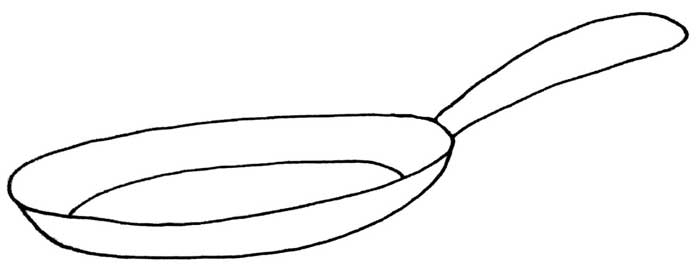
8” low-sided sauté pan with curved edges
Before we go any further, we need to discuss the idea of applied heat.
“So what can you do with the saute pan?”
As we learned in a previous lesson, heat is applied in 2 fashions:
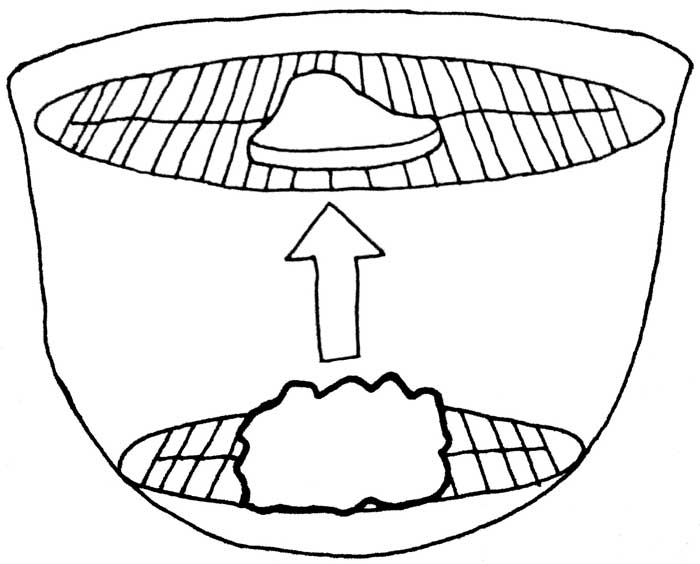
1 Directly
Direct heat is where the heat is conducted directly onto the food. In a sauté pan, you place the pan on the burner. The burner heats the pan, which then heats the food. This is a direct form of heating.
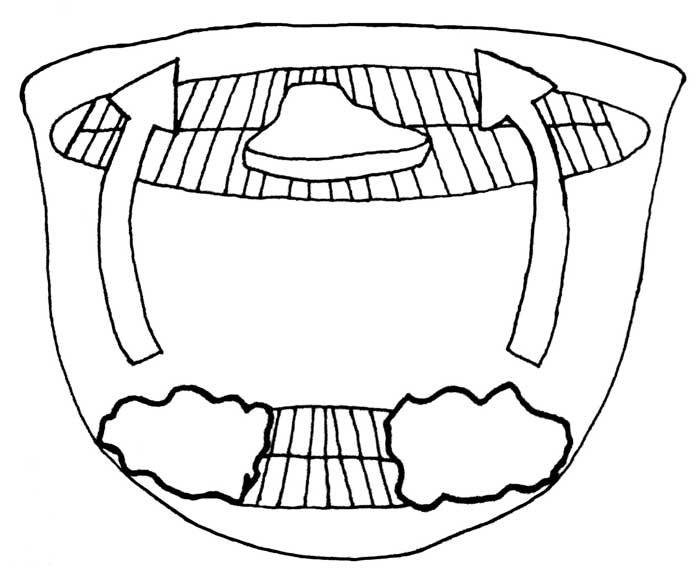
2 Indirectly
Indirect heat is where the ambient temperature of the container or environment heats the food. This is the way that an oven operates. The air inside of the oven becomes hot, which then heats the cookware, which then heats the food.
This is very important to know because direct and indirect heating sources produce different results. Direct cooking methods tend to be hotter and faster. Whereas, indirect cooking methods tend to be slower and lower in temperature. In the end both cook the food, but their final product will have a different texture and consistency based on the cooking method.
These applications have 2 defining characteristics:
1 Dry heat
Dry heat is any form of cooking where water is not used as a cooking medium. Th is includes anything where the food is submerged in oil or fat. Dry heat is defined by the removal of moisture from the food products that you are cooking. When we use dry heat, we are removing moisture from the food while we cook it.
2 Moist heat
Moist heat is any cooking application where the moisture inside the food product, or water has been added, and is used as the cooking medium. This includes wine, juices, broths, stocks, milk, or anything that adds liquid water; no matter what it has suspended inside of it. Moist heat adds moisture to food as you cook it.
Dry heat tends to produce products that have stiffer or crunchy textures. This is because dry cooking techniques cook the moisture out of the food. The absence of moisture creates these crunchy textures. Whereas, moist heat creates products that are softer and more tender. As you will discover on your cooking journey, you will very often use multiple forms of heat with varying characteristics
to produce the results that you are searching for.
A perfect example is the manor in which I create soups. First, I stir fry all of my solid ingredients until they develop a nice brown color. Then, I transfer them to my spaghetti pot and add the liquid ingredients. Then, I bring this to a boil and taste the seasonings along the way. In this example, I use a direct, dry heat (stir frying). Then, I finish the recipe with a direct, moist heat (boiling).
Now that we have this basic information out of the way, I’m going to teach you the different techniques that you can use inside of a sauté pan and supply you with some recipes to practice these techniques.
The cooking techniques that you will learn with the sauté pan are as follows:
Stir Fry
A Stir Fry is a very easy technique to use inside of a sauté pan. It utilizes a direct, dry heat to quickly cook meats, veggies, and starches. Even though it is a very simple technique, it allows for a variety of savory and delicious dishes to be created. Stir fry uses a rapid agitation (a quick stirring motion) of the ingredients to cook them evenly and quickly.
Pan Fry
Pan Fry is another simple sauté pan technique that utilizes a direct, dry heat to cook. A pan fry is typically used in conjunction with breaded items on which you want to create a crispy crust. Even though the oil used in a pan fry is a liquid, it does not constitute a moist heat. Remember, moist heat is created when you are cooking the food in a water based liquid.
Sauté
Sauté is the technique that the sauté pan is named for. Sauté uses a direct, dry heat and distinguishes itself from the stir fry by simply flipping the food being cooked no more than twice. Where stir fry uses a rapid agitation, sauté is a patient technique where each side is allowed to brown and then is flipped.
Quick Stew
A Quick Stew is our first hybrid cooking technique. Quick stewing begins with a direct, dry heat similar to a stir fry. Then it ends with a direct, moist heat. You begin by stir frying the ingredients. Then, you add liquid and a lid to the top of the sauté pan to allow the moist heat to soften and tenderize the food you are cooking. This creates a savory and tender dish very quickly.
Quick Sauces
Quick Sauces are made just like the quick stew, but with more liquid and a slow boiling process to allow the excess moisture to evaporate. This evaporation, or reduction, creates even more concentrated flavors. The longer a sauce is allowed to simmer, the more integrated the flavors become. Quick Sauces utilize a dry direct heat followed by a moist direct heat.